Between 2014 and 2021, the global AI drug discovery market grew from a modest $450 million to over $58 billion.
To figure out why pharma companies jump on the artificial intelligence bandwagon so eagerly, let’s compare the traditional and AI-driven approaches to drug discovery.
It takes companies roughly ten years and at least $1.3 billion to bring a new medication to the market.
Meanwhile, the median success rate for drug discovery and development projects wavers around 10%. You’ve read it right: 90% of all medication candidates fail clinical trials.
With artificial intelligence, researchers can identify promising drug candidates, test their safety and efficacy, and obtain regulatory approval faster — in just seven months instead of two or three years.
A more efficient drug discovery process could also improve pharma companies’ bottom line, generating a bigger return on R&D investments.
Currently, it fluctuates around two cents for every dollar invested in a moonshot project — down from ten cents a decade ago.
Other benefits of using AI in drug discovery include the following:
- Gaining faster insights from vast volumes of research and clinical data by feeding it to AI algorithms
- Speeding up drug design by analyzing chemical structures and predicting their properties and potential side effects
- Evaluating the success of molecules in clinical trials with greater precision
- Identifying compounds to target diseases other than they’ve been intended for
- Designing more effective clinical trials by improving patient segmentation and modeling drug efficacy
But with every opportunity comes a challenge!
Read on to discover the pitfalls of using smart algorithms in clinical trials that pharmaceutical companies should consider before turning to artificial intelligence (AI) service providers — and how these pitfalls can be avoided.
Post Contents
Top 3 Challenges Of Using AI In Drug Discovery
Siloed, Scarce, And Inconsistent Data
The types and subsets of AI applied in drug discovery vary from supervised machine learning, which interprets structured, properly labeled data under the supervision of skilled data scientists, to deep neural networks that parse unstructured data independently.
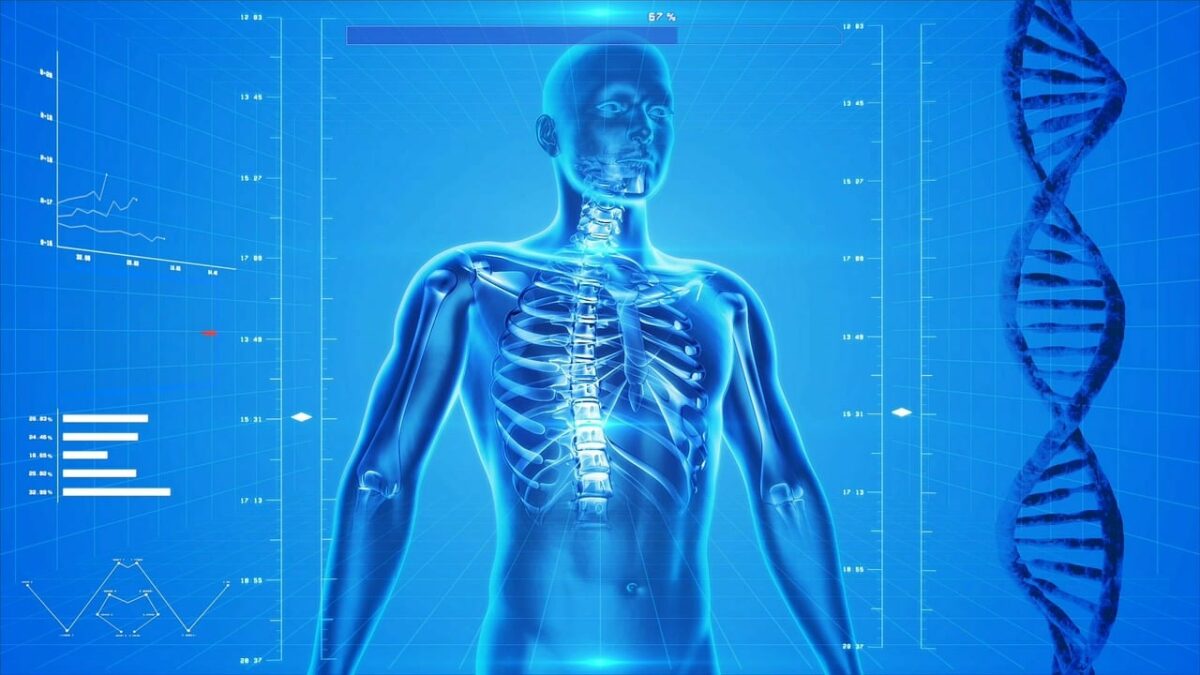
No matter what type of AI you opt for, you need data — a fuel that sets intelligent algorithms in action.
Unfortunately, this data is usually stored in isolated systems comprising a pharma company’s IT infrastructure. Often, these systems are not designed to talk to each other.
Another hurdle is obtaining the information you lack, such as the results of clinical studies conducted by other companies and de-identified patient data.
Although medical, pharmaceutical, and life science companies have been working towards improving healthcare data interoperability, we’re not there yet.
And even if you find a seemingly suitable dataset, it might be inconsistent or biased.
For instance, a recent study looking into protein-ligand interactions concluded that machine learning models trained on PDBbind and DUD-E, two of the most comprehensive sources of binding affinity data, failed to reach the desired prediction accuracy due to topology and property biases.
Complexity Of Biological Systems
Many considerations come into play when we apply technology to solve problems introduced by nature itself.
The complexity and dynamics of interactions between cells, genes, and proteins are increasingly hard to predict.
In addition, diseases, genetic variations, and even environmental conditions can affect or completely alter their functions.
Even minor changes in the components of a biological system can impact organisms profoundly.
For instance, a gene involved in cell cytoskeleton formation may also be responsible for the growth of benign and malignant tumors.
Subsequently, the amount of data generated from different levels of a biological system, such as molecules, tissue, organs, and organisms, is tremendous. And this data is heterogeneous, too.
For AI to be effective in drug discovery, it needs access to high-quality data relevant to the biological target of interest — and must consider multiple variations within those targets.
Lack Of Interpretability
AI-driven drug discovery systems continue to push the boundaries of scientific research further, but it’s not always clear how such systems make their predictions.
The phenomenon is known as white-box and black-box artificial intelligence.
Algorithms belonging to the former category are specifically programmed to function in a certain way, consuming hand-picked structured data only.
Black-box AI systems, on the other hand, learn on their own. As a result, they can process enormous volumes of unstructured data and make predictions that even skilled ML engineers struggle to explain.
Black-box AI solutions for drug discovery thus display a higher level of intelligence, allowing researchers to tap into predictive and prescriptive analytics.
However, a lack of transparency regarding how they arrive at their conclusions undermines trust in the novel technology.
Using AI In Drug Discovery: Where To Start
When writing this AI in drug discovery article, we purposefully avoided mentioning the biggest challenge of implementing algorithms in pharmaceutical research.
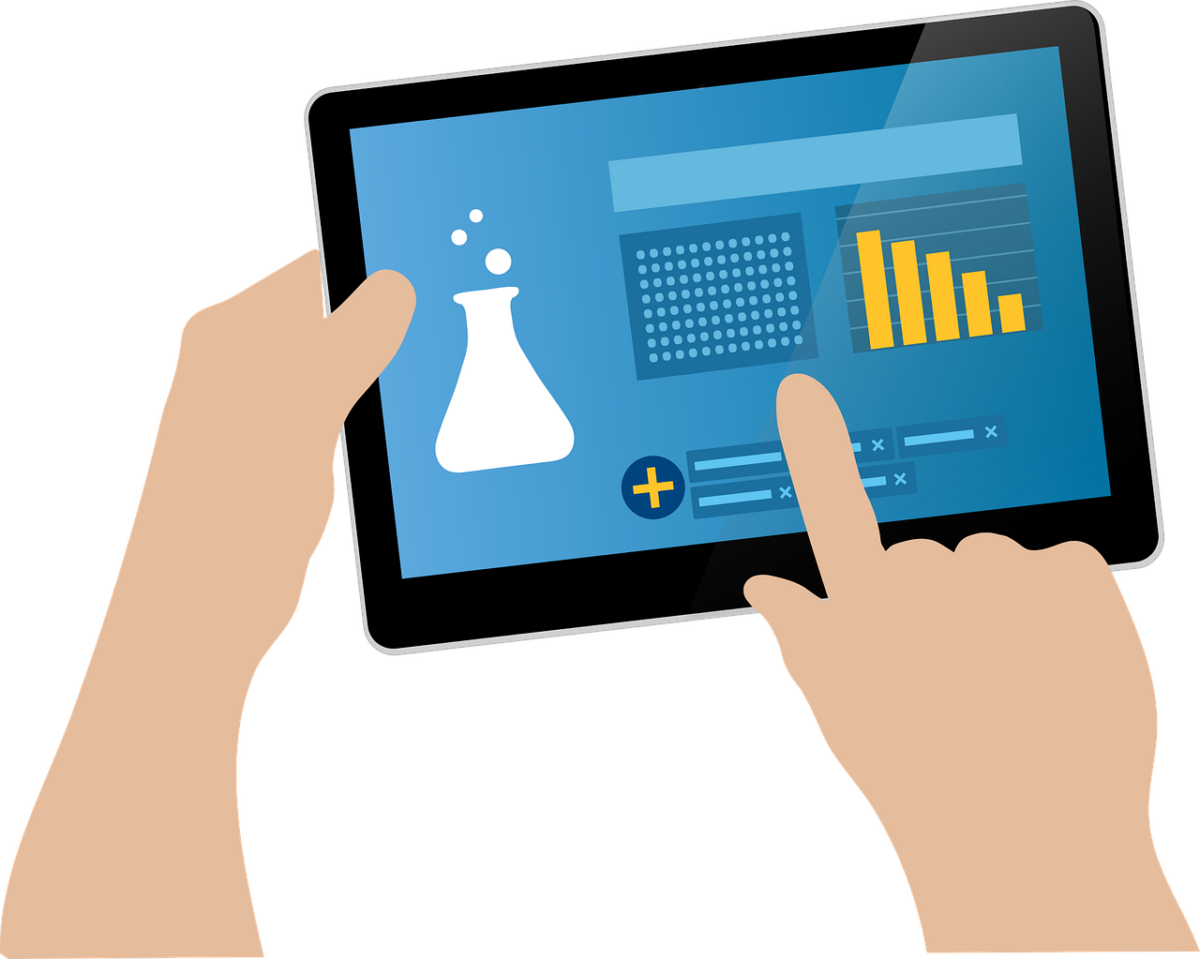
And it is a shortage of qualified data specialists with a strong background in the pharma, biotech, and life science industries.
So, unless your company has such specialists on your team, we recommend you partner with a reliable AI healthcare company to prepare your data, train ML models, and gradually infuse your software systems with AI capabilities.
A high-level strategy for implementing AI-powered drug discovery tools that yield tangible results spans several steps:
1.) Start With A Clear Problem Definition
Before applying AI in drug discovery, it’s important to clearly understand the specific problem you want to solve.
In particular, you should identify the biological target or disease you are targeting, the type of data you will use, and the specific goals you want to achieve.
2.) Choose The Right Data
Ensure that the data you are using is relevant to the biological target of interest and is of sufficient quality and quantity to support AI-based analysis.
For this, your technology partner may turn to data cleansing, labeling, and normalization — and even artificially expand the size of a dataset if relevant information is hard to obtain.
3.) Use Appropriate Machine Learning Techniques
Choose the right machine-learning approach for the specific problem at hand. Also, consider the trade-off between the predictable but not-so-intelligent white-box algorithms and their black-box counterparts.
4.) Validate And Test AI Models
Use appropriate validation techniques, such as cross-validation and holdout validation, to assess model performance. Continuously gathering user feedback and using it for adjusting the model is crucial, too.
5.) Ensure Transparency And Ethical Use Of AI.
This goal can be achieved by adding an intermediary layer to AI-driven pharmaceutical software solutions that would explain how AI models work.
Additionally, extra steps should be taken to avoid bias and ensure the privacy and confidentiality of patient data.
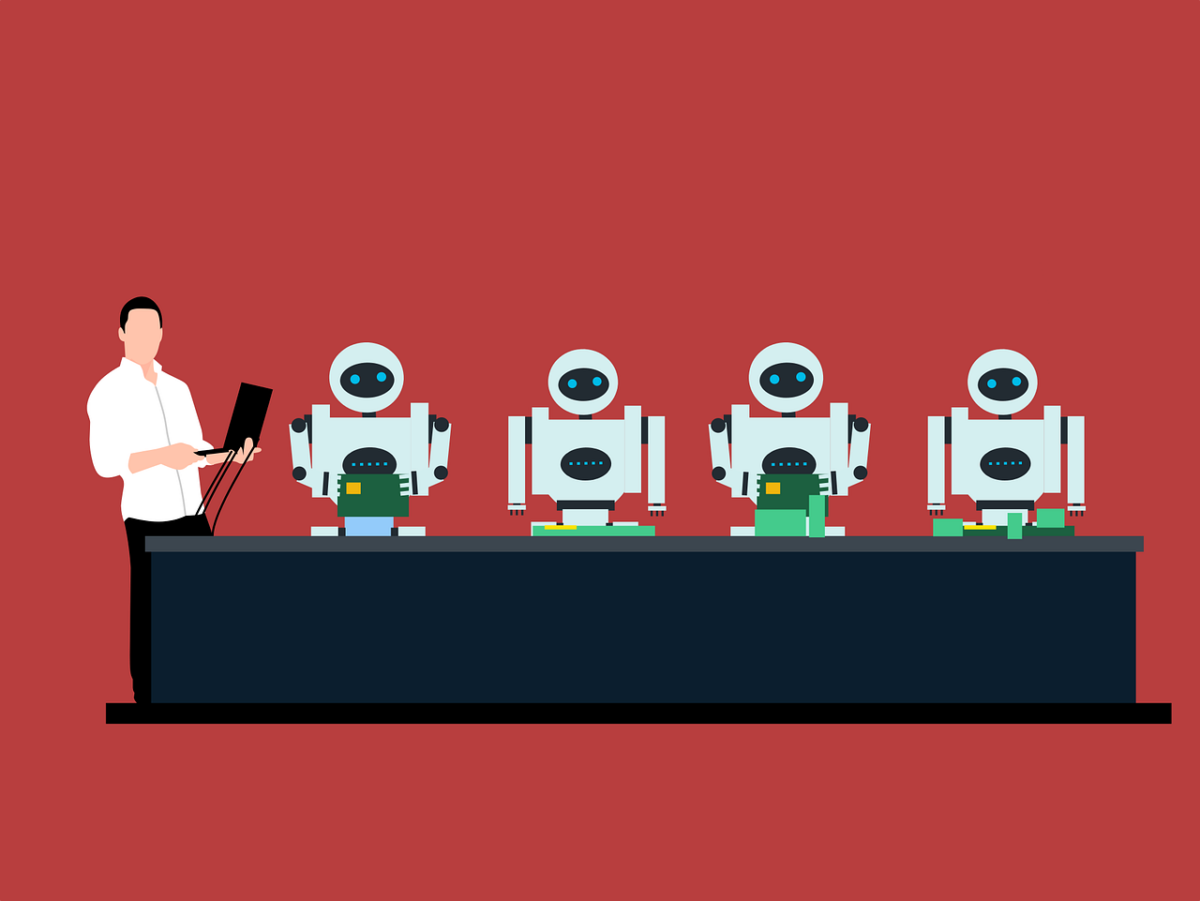
On A Final Note
When done right, AI can transform drug discovery as we know it.
One example of responsible and highly professional AI usage comes from Pfizer. In 2017, the pharmaceutical tycoon partnered with IBM to create the Pfizer AI Design Hub.
This platform used machine learning algorithms to analyze large chemical and biological information datasets and predict the properties of potential drug candidates more efficiently and accurately than traditional methods.
In addition to the Pfizer AI Design Hub, Pfizer has also used AI in other areas of drug discovery, such as predicting drug-drug interactions and identifying biomarkers for patient selection in clinical trials.
As a result, Pfizer became one of the first companies to introduce an effective vaccine against COVID-19, alongside dozens of other medications saving millions of lives worldwide.







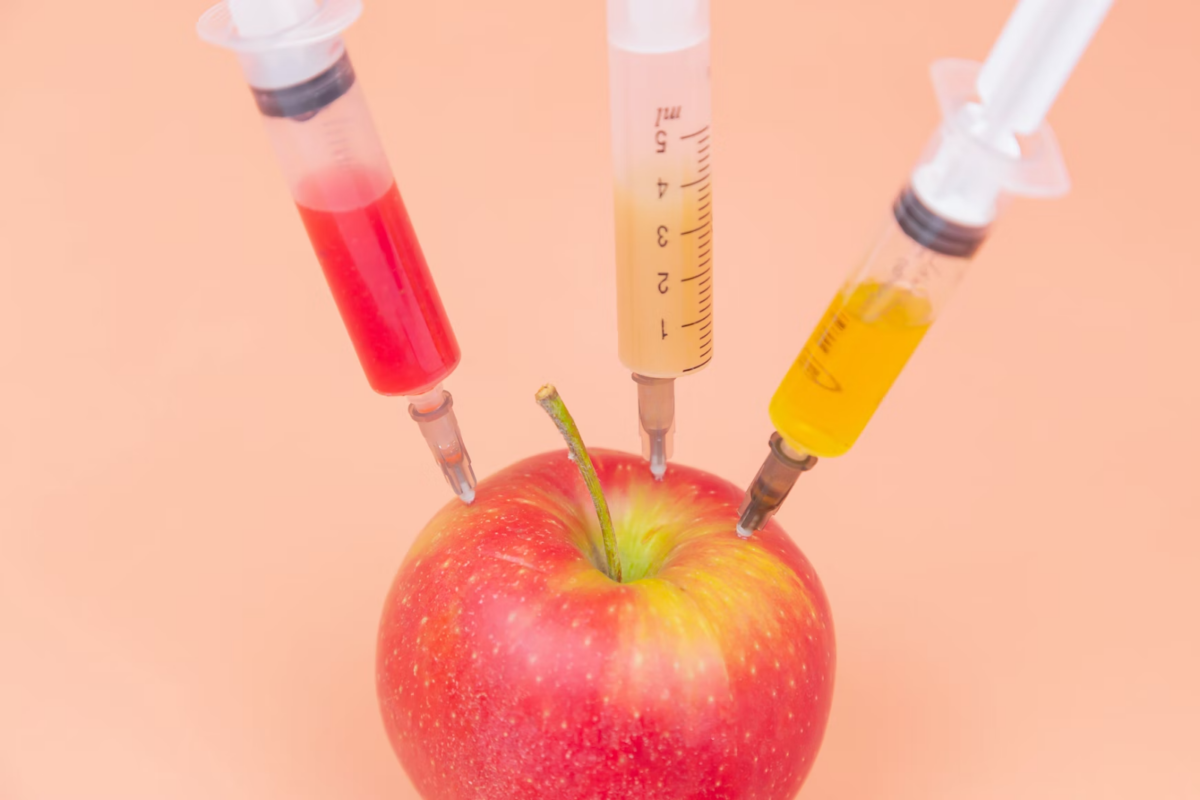

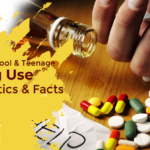
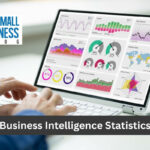

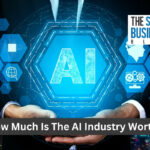


















1 thought on “Challenges Of Using AI In Drug Discovery”
Appreciate the awareness this article brings to the challenges of AI in drug discovery. Well-written!